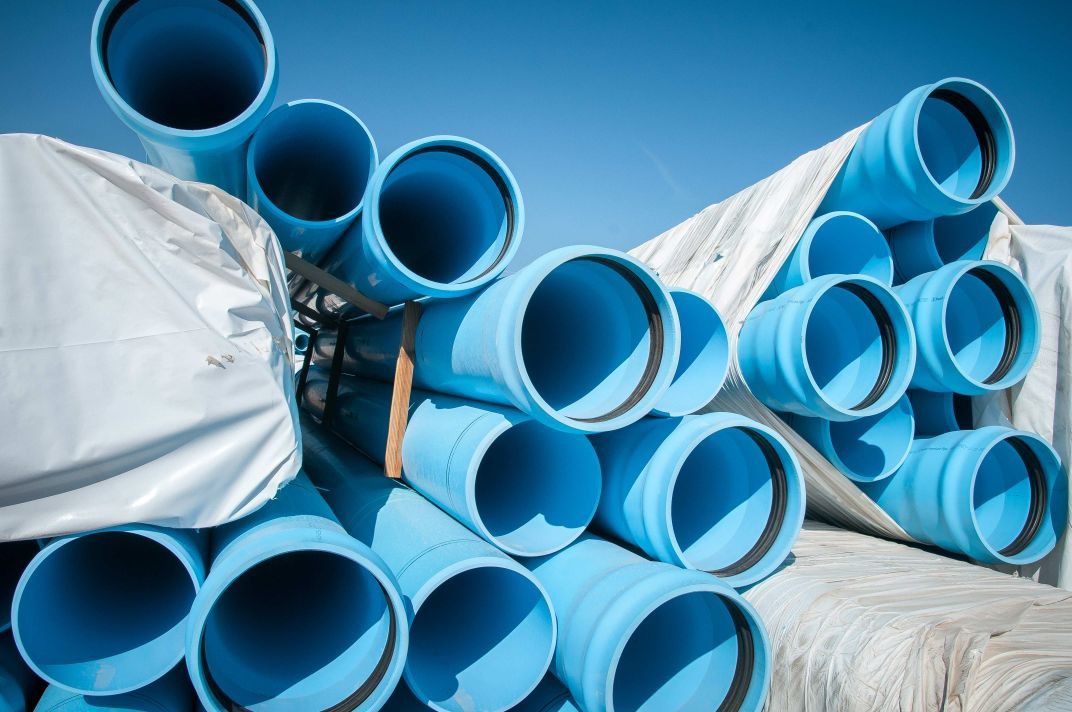

This memory has stayed with me over the years because it seems an apt metaphor for what happens when we pull back the, well, “iron curtain” of our prisons and allow outsiders to see what is happening inside. He was shocked by some of the stories we told him about our own systems and stunned by the prevalence of brutality and violence and the routine use of force. He apologized for the conditions and asked what prisons were like in our home countries. The administrator did not try to defend what he was showing us, but rather saw in our faces that the conditions we took in as we walked through the facility were inconsistent with international norms and with respect for human decency. Through a translator, the prison administrator expressed deep embarrassment about the shockingly bad infrastructure - six people in a cell meant for one the use of buckets for toilets in the cells the deteriorating walls the dark interior of the building. In this rapidly changing environment, I had the opportunity to visit a Russian prison with a British colleague as two of the first outsiders allowed inside to see conditions there. Petersburg, and conference participants experienced an emerging openness about life in Russia. By the time of the conference a few months later, the Soviet Union had fallen, our gathering was in newly renamed St. In 1991, when the Soviet Union still existed, I was invited to present a paper at a criminal justice conference in Leningrad.
#Lack of oversight series
This essay is part of the Brennan Center’s series examining the punitive excess that has come to define America’s criminal legal system. Attend the Brennan Legacy Awards Dinner.Advance Constitutional Change Show / hide.National Task Force on Democracy Reform & the Rule of Law.Government Targeting of Minority Communities Show / hide.Campaign Finance in the Courts Show / hide.Gerrymandering & Fair Representation Show / hide.Ensure Every American Can Vote Show / hide.


 0 kommentar(er)
0 kommentar(er)
